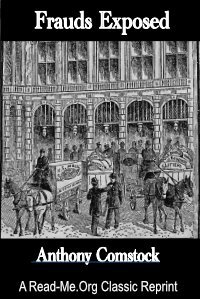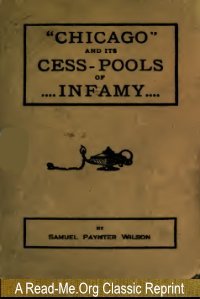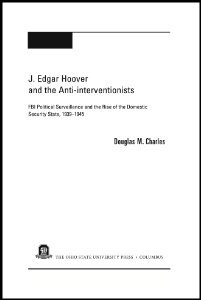By Ishmael Beah
The first chapter: There were all kinds of stories told about the war that made it sound as fi it was happening in a faraway and different land. It wasn't until refugees started passing through our town that we began to see that it was actually taking place in our country. Families who had walked hundreds of miles told how relatives had been killed and their houses burned. Some people felt sorry for them and offered them places to stay, but most of the refugees refused, because they said the war would eventually reach our town. The children of these families wouldn't look at us, and they jumped at the sound of chopping wood or as stones landed on the tin roofs flung by children hunting birds with slingshots. The adults among these children from the war zones would be lost in their thoughts during conversations with the elders of my town. Apart from their fatigue and malnourishment, it was evident they had seen something that plagued their minds, something that we would refuse to accept if they told us al of it.
NY. Farrar, Straus and Giroux. 2007. 256p.. USED BOOK. CONTAINS MARK-UP









